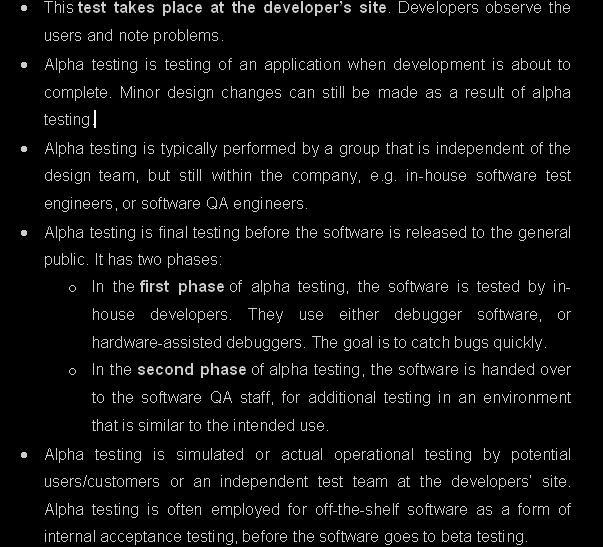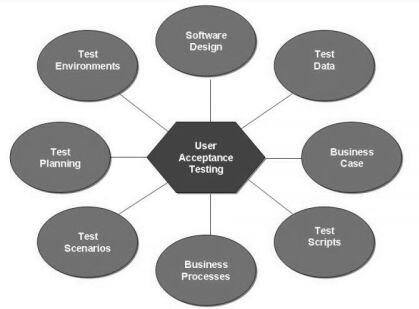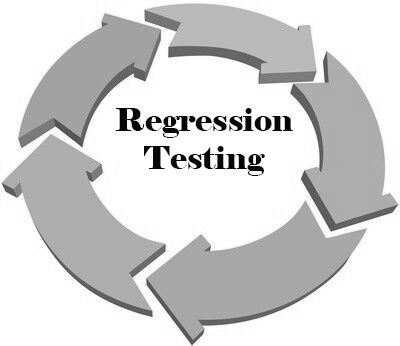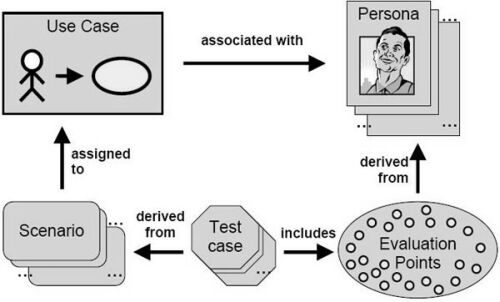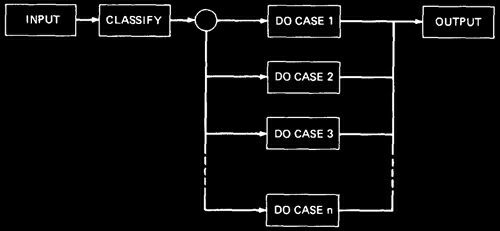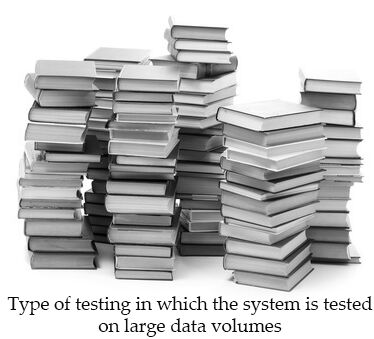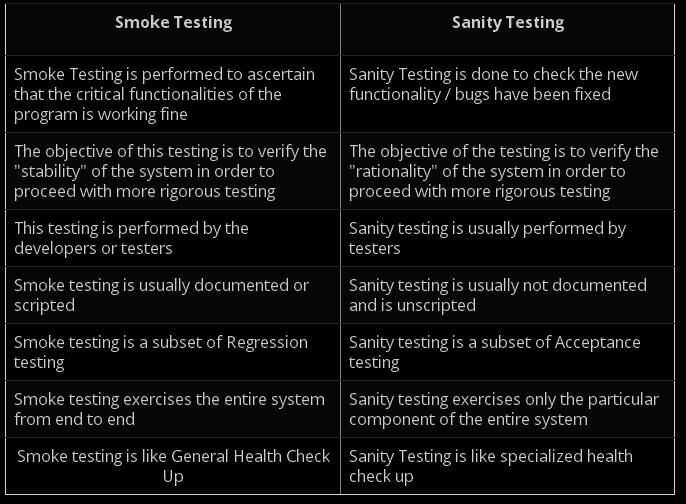What is Beta Testing
In this type of testing, the software is distributed as a beta version to the users and users test the application at their sites. As the users explore the software, in case if any exception/defect occurs that is reported to the developers. Beta testing comes after alpha testing. Versions of the software, known as beta versions, are released to a limited audience outside of the company. View the advantages , Types of beta testing
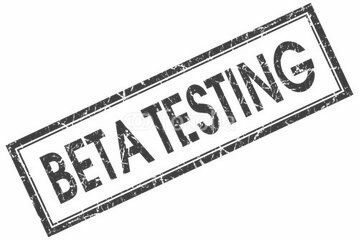
The software is released to groups of people so that further testing can ensure the product has few faults or bugs. Sometimes, beta versions are made available to the open public to increase the feedback field to a maximal number of future users.
Beta testing otherwise referred to as user testing is done by the end users at the end users site in order to authenticate the functionality, compatibility, usability, and reliability testing. It enables the real customer the chance of offering inputs into the product’s design, usability and functionality. The inputs are part of what contribute to the product’s success. The inputs also act as future products investment when they efficiently manage the data that are gathered.
Types of beta testing
There are basically two types of beta testing that a product has to go through: Open and Closed beta.
- Open beta: This is from a larger group to the general public and interested individuals. The testers usually make a report of the bugs detected. In addition, they make suggestions regarding extra features they feel should be included in the final version.
- Closed beta: These are done on “invitation only” basis where the versions are released to a group of selected people for a user test.
Features of beta testing
The following are the features of beta testing:
- Beta testing is performed by customers or end users who are not employed by the company.
- The test takes place at the site of the user
- Black box technique is normally used.
- It only needs a few weeks of execution
- It involves the testing of the software in real conditions and no testing environment is needed.
- It checks for security and reliability
- The testing pays attention to product quality and makes sure that the product is all set for the real users based on the gathered opinions.
- The suggestions made by the customers are applied in the product’s future versions.
Advantages of beta testing
Beta testing has numerous advantages and they are listed below:
- The actual users are given the opportunity to test the application before it is released to the general public.
- Customers can install and test the application as well as provide you feedbacks.
- It is an opportunity for the beta testers to detect bugs that you may not have spotted yourself.
- The feedback derived from the users assist in taking care of the problems before the application is released to the general public.
- Taking care of more issues that solve customers’ problems leads to an application with higher quality when finally released to the public.
- Early users help to create a thrill about your application.
- Beta testing is more cost effective compared to other methods of gathering data.
Disadvantages of beta testing
- Exercising control over the testing is difficult since it is not done under lab environment but in real environment.
- It is difficult to find the correct testers and manage their participation.
Conclusion
Beta testing is the final test carried out by the end users in real environment. The feedback gathered from it serves as the basis for improving the future versions of the application.
